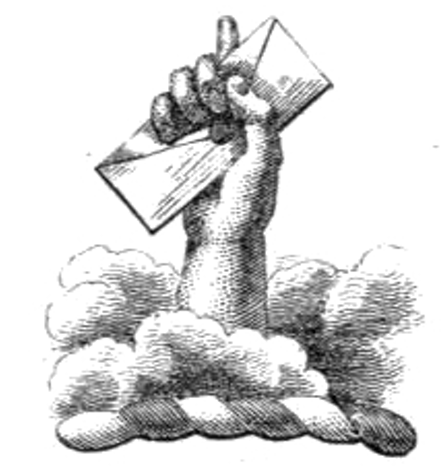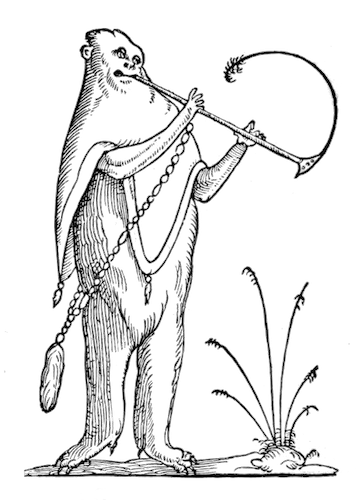
Fortification Theory (1600)
Images from Jean Errard's Fortification réduicte art and démonstrée (Paris, 1600), a seminal work in fortification theory. Errard (1554-1610) was a mathematician by training, and used his love of geometry (he made several translation of Euclid's Elements) to develop a comprehensive theory of military fortifications. He developed a series of geometric designs, based on polygons of various kinds, which were optimised for defence. The most important of his rules stressed the reliance on infantry for defence of a fortress, who, with their potential rapid rate of fire, were better suited than the artillery, which at this period, given its enormous consumption of gunpowder, was only suitable for providing enfilade fire, not engaging in frontal action.
Enjoyed this piece? We need your help to keep publishing.
The PDR is a non-profit project kept alive by reader donations – no ads, no paywalls, just the generosity of our community. It’s a really exciting model, but we need your help to keep it thriving. Visit our support page to become a Friend and receive our themed postcard packs. Or give a one-off donation. Already a supporter? A huge thank you for making all this possible.
May 17, 2012






